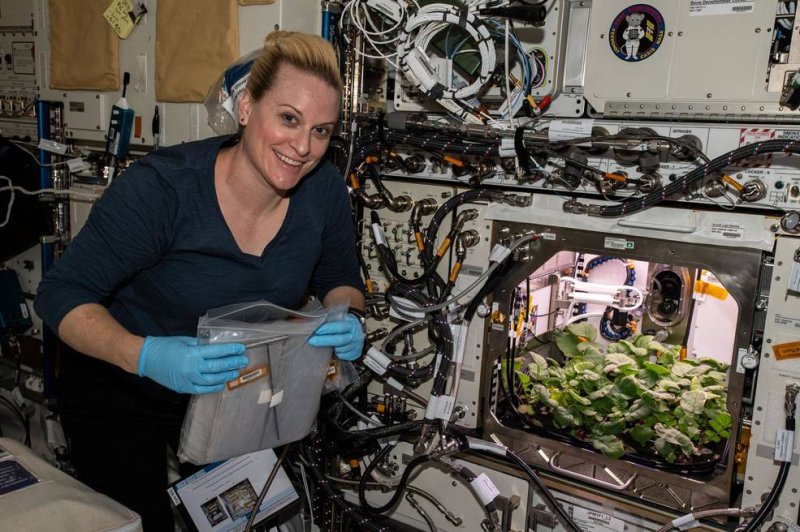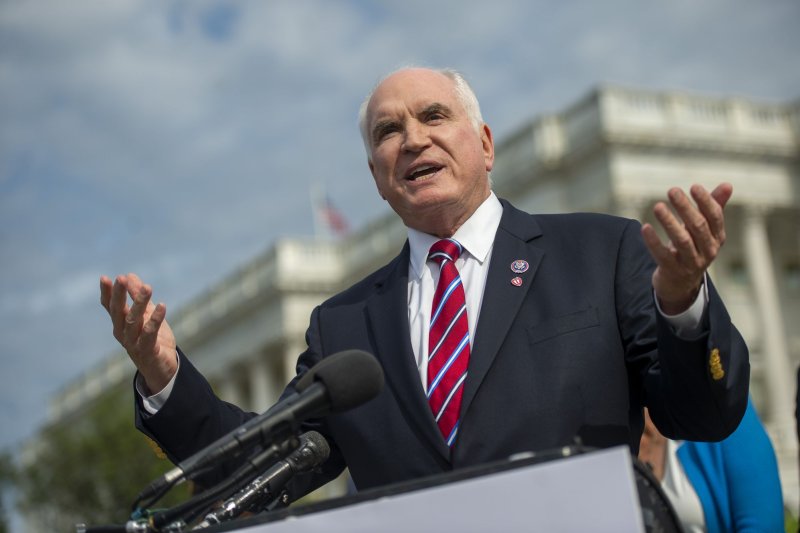Rizwan Virk
Wed, October 20, 2021

Alternate universes: Tobey Maguire in Spiderman - Alamy
Sometimes yesterday’s science fiction inspires today’s science, and sometimes it’s the other way around. Take, for instance, William Shatner’s (aka Captain Kirk’s) recent trip to space, or (to go further back) how the industrial revolution inspired HG Wells to write the first work of fiction to feature a time machine: The Time Machine.
In the last century, our growing scientific understanding of the vastness of the universe spawned the first superheroes, whose god-like powers were narratively accounted for by the fact that they came from other planets (think Superman and Krypton).
You might say that the idea of technological civilisations on other planets had passed the 10-year test, wherein enough of the population is comfortable with an idea that mainstream pop culture can get away with using it. At the same time, today’s multiple serious scientific efforts to search for techno-signatures on exoplanets might owe something to the proliferation of alien superhero films.
But for today’s comic-book and -film fans, the idea of superheroes coming from other planets is considered quaint and – well – boring. The form has moved on to newer, flashier concepts. I know this because my nephews explained to me a few years ago, in great detail, how different versions of superheroes now come from different timelines in something called the “multiverse”. They were talking about the DC superheroes in the Arrowverse (The Flash, Supergirl), but it was the first evidence that the multiverse, a real concept from quantum physics, had passed the 10-year test, at least on the small screen.
Marvel brought the idea to a whole new level this year, after its Avengers: Endgame storyline concluded. Popular Marvel TV shows, such as Loki, have transformed the MCU (Marvel Cinematic Universe) into the Marvel multiverse right before fans’ eyes. In that show, Thor’s mischievous younger brother is arrested by a bureaucratic elephant called the Time Variance authority for pursuing too many alternate realities (creating a kind of giant cosmic tree-like structure). Similarly, Marvel’s animated series, What If…? imagines what might have happened to our favorite superheroes in alternate realities.

Ezra Miller as The Flash
The Marvel multiverse is soon to hit big screens near you. Doctor Strange in the Multiverse of Madness will arrive in 2022, and the multiverse has already been hinted at in this year’s Shang-Chi and the Legend of the Ten Rings, not to mention 2018’s animated Spider-Man: Into the Spider-Verse. Meanwhile, rumour has it that alternate versions of our favorite web-slinger will show up in Spider-Man: No Way Home (Andrew Garfield and Tobey Maguire, in addition to the current Spiderman, Tom Holland), which is due out in Britain in December.
Indeed, the multiverse has become so popular among the creators of superhero movies that a recent trailer for a cinematic version of DC’s The Flash, to be released next year, suggest that alternate Batmans, such as Michael Keaton’s and Ben Affleck’s, will appear to help Ezra Miller’s speedster save the world yet again.
While this is clearly a strategic choice from DC and Marvel – the multiverse provides each with an infinite number of stories to tell – it is also a prime example of how scientific concepts drift into pop culture, enabling us to think more broadly about the universe and our place in it.
Is it possible that we actually live in a multiverse, of the kind depicted in these superhero films? It turns out that many scientists take the possibility quite seriously, from Columbia’s Brian Greene to MIT’s Max Tegmark and NYU’s Michio Kaku. The scientific theory inspiring these stories is the quantum multiverse, which states that each time a decision is made, we spawn off alternate universes. Echoing the tree-like structure of Loki, you can also think of these as separate timelines in which there are alternate versions of each of us, the earth and the universe.
The idea grew out of the weirdness of quantum mechanics and the famous double-slit experiment (I won’t get into too much scientific detail, but you can read about it here and here). A good way to illustrate this weirdness and how it might give birth to multiverses like those of the superheroes was given by one of the founders of quantum mechanics, Erwin Schrödinger, who proposed a thought experiment known as Schrödinger’s cat.
Schrödinger’s unfortunate theoretical cat is placed in a box with some radioactive material and some poison, which are arranged in such a way that after an hour, there is a 50 per cent chance that the cat is dead. Common sense tells us that the cat is either alive or dead – it can’t be both! Quantum mechanics, in a twist, says the cat is in superposition, which means it is both alive and dead at the same time, at least until one or the other possibility is observed.
How can a cat (or any of us, including superheroes) be in superposition, or exist in multiple states? This has been one of the biggest debates in physics for the last century. The idea was presaged by Schrödinger, who spoke about “multiple simultaneous histories” back in the 1940s, and was proposed more formally by Hugh Everett III in his doctoral dissertation at Princeton in 1960. Everett’s work, which made some of the giants of 20th-century physics such as Einstein (who had an office down the road) uncomfortable, sat in obscurity until an increasing number of scientists, fed up with the weirdness, came to argue that the only way this would be possible is if we were to exist in a multiverse.

Loki: Tom Hiddleston - Alamy
And what would this multiverse look like? It would be a very large tree that branches out into new possibilities. In short, it would look a lot like the Loki Multiverse, though with a lot more branches.
The idea of the multiverse could also solve one of the biggest problems in cosmology, which is called “fine-tuning”. The physical universe we lived in seems fine-tuned for our kind of life. If many cosmological parameters were off even by less than 1 per cent, the atoms that make up our world, not to mention planets and stars as we know them, would break apart. How did this happen? No one knows, but the multiverse offers a possible explanation: all possible worlds are tried out, and only those that meet certain requirements develop life – and, of course, we are in that branch.
What happens to those other branches and whether there is any way for us to perceive them remains unknown. Which means, though there might be alternate versions of Spider-Man and The Flash out there, it may be impossible for us, at least without superpowers, to ever reach those alternate versions. But the current crop of superhero multiverses might inspire the next generation of scientists to look for ways not just to detect but to connect with other parallel universes, in the same way that yesterday’s science fiction inspired the current wave of space travel.
Who knows, we might even find a branch of the multiverse where they’ve already figured it out. Perhaps they are watching us right now, wondering how long it’ll take us to realise that we are actually in a multiverse.
Rizwan Virk is founder of Play Labs @ MIT. His new book, The Simulated Multiverse, is out now















